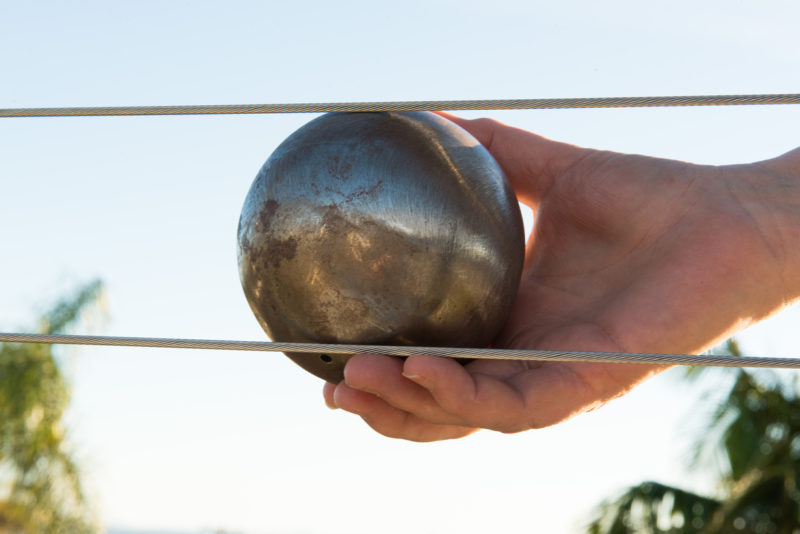




A successful railing project starts with proper preparation; and preparing for building inspections is a necessary component to consider. Our company and preferred installers have passed countless cable railing inspections with our products and engineered railing materials. Here are some of the most commonly encountered situations that are likely to be called out by an inspector : Cable Tension (cables are not tight enough) Lateral Stability No Graspable Railings Installed (stairs only) Improper Railing Height or Cable Spacing General Tips For Passing Cable Railing Inspections Cable tension issues are usually due to improper frame construction or improper post spacing. Keep in mind that if the spacing in between the railing posts is too large; the cables will not sustain tension. We use a MAX 4′ on center spacing for standard structural railing posts and 42″ or less for spreader posts. The tighter the post spacing, the tighter the cables will be. Although it may be tempting to use less posts for lower cost or aesthetic reasons; installing them after inspection can be very difficult and expensive. Using proper post spacing will usually cover the lateral stability aspect of the railing inspection unless the post connections are unsatisfactory. Adequate blocking is necessary in order to properly attach any railing post. SDCR recommends a minimum of 3″ of structural backing for post connections. A building inspector may choose to lean on or push on a section of the railing at the midspan of two posts in order to gauge how much the railing deflects. The railing needs to feel rock solid all the way around, not just at the post locations. Graspable railings are required on most stair railing installations and a major sticking point for inspectors. Many customers do not want the additional cost or bulk added to the design on their project; however the code states the need for graspable railings. How to Properly Assess Railing Height and Cable Spacing Requirements Railing height requirements are 42″ for barriers and 36″ for stairs constructed in California. This can vary from state to state so it’s always good to check. Most of the time this is easily achieved however on sloped decks with level railings it can pose some challenges. Installers must consider the amount of slope or build the railing to follow the slope at the desired height. For level railings the 42″ height must start at the LOW end and grow to accommodate the level. Stainless steel cable spacing should be a maximum of 3″ in order to achieve less than a 4″ spread. Once again it can be tempting or less expensive to space the cables farther apart; however it will likely cause a failed inspection. Inspectors may use a 4″ sphere and try to push it through the cables. Proper frame construction and cable tension will prevent the sphere from passing. Cable railing inspections usually come at the end of a remodeling or decking project which means any major changes can be costly. DIY customers can avoid any issues by following the manufacturers guidelines and utilizing the recommended practices. When hiring a pro; consider hiring a specialist that has experience with cable railings and building inspections in general. A reputable contractor will make sure your railings are constructed to code and ready for inspection. San Diego Cable Railings furnishes complete cable railing kits and engineered products suitable for code compliant railing installations. If you have questions about cable railing inspections please give us a call or visit the quote request page today..